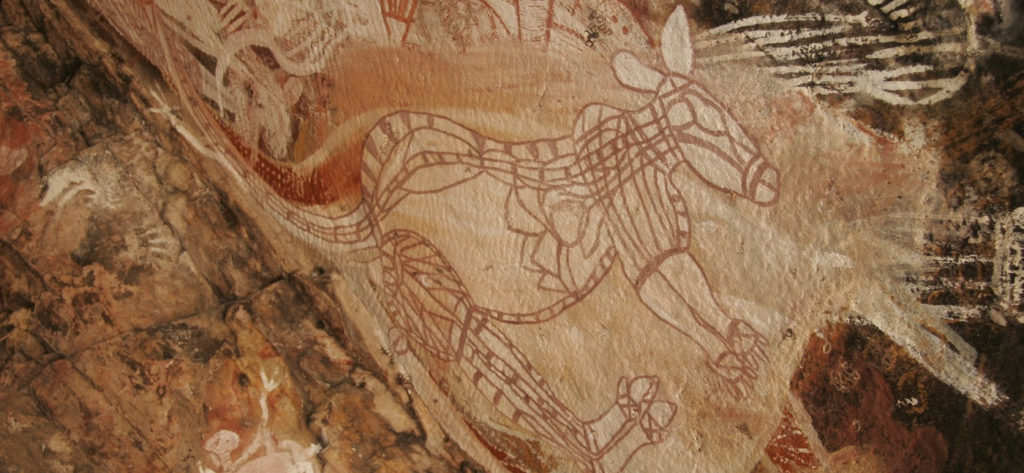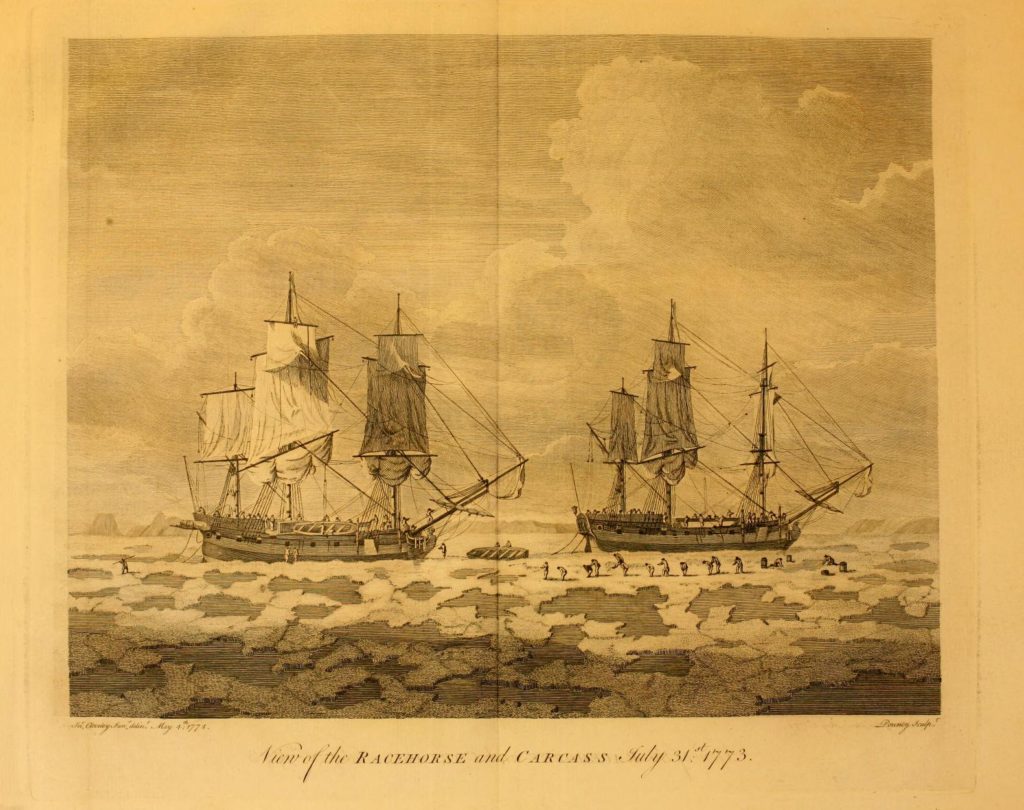By: Patrik Bye, Nord University
With Frankenweek approaching we can admit another addition to the slowly but steadily growing list of ‘Frankenwords’. Many Frankenwords bear on features of the evolving technological matrix we have created and in which we now increasingly live. In the supermarkets there are now, for example, transgenic Frankenfoods, like Frankenfries, that are made from blight-resistant potatoes. For some, the availability of such foods engender Frankenfears—concerns, irrational or not, that we might have about consuming them. At the cutting edge biochemists like Craig Venter are attempting to engineer working artificial Frankencells using a minimal number of genes. And speaking of genes, we might mention the Frankengene, certain variants of which have been connected to increased fear-related behavior, such as the intense horror experienced by some of us when we watch horror films…
Frankenwords are a type of portmanteau, a new word created by recombining parts of existing words. Just like Frankenstein’s creature, these parts cannot be combined in a random fashion. In the case of the Frankenwords we’ve just been talking about, Franken– is a prefix that can only attach to bases of a particular sound shape. The base has to be either a word of one syllable, as in Frankenpet (genetically engineered to resist parasitic infection), or Frankenmom (see the definition on Urban Dictionary), or a sequence of two syllables with the stress on the first, like Fránkenfòrest (think pest-resistant trees with genetically enhanced carbon-absorption capacity), Fránkenwèenie (Tim Burton’s reanimated bull terrier in the movie of the same name). Franken– does not combine with words of two or more syllables with the stress on the second, so a *Fránkenpotàto is not a possible Frankenword, but a Frankenspud or a Fránkentàter is. Native speakers of English know this rule without ever having been explicitly taught it. It’s latent in the knowledge of language, or grammar, that English speakers acquire as children.
Another example of a repurposed and recycled word-part, one that attaches following the base this time, is the ubiquitous –gate. In becoming the prototype of the modern political scandal, Watergate has over the last half-century spawned legion terms for controversies in politics and popular culture too numerous to mention, all with this suffix. One example is Rinkagate, again topical with the BBC series A Very English Scandal, which dramatises the events that ended the political career of Jeremy Thorpe, leader of the British Liberal Party from 1967 to 1976. Thorpe was implicated in a botched murder attempt whose only casualty was the Great Dane Rinka, who was in the intended victim’s charge at the moment of the attempt.
A vast number of portmanteau words are actually blends, like smog, a blend of smoke and fog. Lewis Carroll, author of Alice in Wonderland and Alice through the Looking Glass, and originator of the term portmanteau, was himself an outstanding creator of blends. Many of them can be found in his poem The Jabberwocky, whose nouns, adjectives and verbs are entirely inventions of Carroll’s, including words like frumious, from fume and furious, or slithy, from lithe and slimy. In its role as articulators of new phenomena and experiences, media and journalism are also a living source of blends. Belligerati, blogorrhea, chugger, croissandwich, nontroversy, slacktivism, tweople, and wikillectual are just some of the blends that capture the spirit of the particular times in which we live.

Original illustration of the The Jabberwocky, by Sir John Tenniel
What is less well recognized is that many of our most everyday words can be looked at usefully as recombining parts of some kind. Many words of one syllable in English recombine certain sound sequences that on close inspection turn out to have a relatively stable (if abstract) meanings associated with them. Many words beginning with the cluster gl-, for example, have something to do with vision, e.g. glare, glance, glimmer, gleam, glow, glower, gloom, and so on. These words form a family based on similarity of both sound structure and meaning. There are several other families of word like this. For example, cl– is found in words designating sounds with abrupt onsets, such as clank, click, clip clop; bl– in words for loud sounds induced by airflow, like blat, blast, and blab. The cluster st– is found as the onset of many monosyllabic words referring to one-dimensional objects, like stick, stack, stilt, and stock, while fl– is associated with two-dimensional surfaces, such as floor, flap, and flake. We can identify similar families based on the part of the syllable that carries the rhyme as well. Words ending in –oop all have to do with curves or tracing a curved path of some kind: loop, hoop, droop, swoop, stoop, and scoop.
None of these properties are unique to English, of course. As Noam Chomsky was one of the first to point out, the capacity entailed in all human language can be thought of as a combinatorial engine. Portmanteau words are a powerful demonstration of how this combinatorial system allows us to generate large numbers of new words for new concepts, phenomena and experiences by recombining parts of existing words—words which themselves are combinations of a very limited number of speech sounds. (In standard varieties of English there are 24 consonant sounds; General British, a.k.a. ‘RP’, has 19 vowel sounds, General American 15.) Linguists are apt to point to the uniqueness of this human combinatorial ability, but combinatorial language may be a result of relatively recent evolution of our species. The earliest remains of Homo sapiens are now dated to Morocco about 300 thousand years ago. Around seventy thousand years ago, however, something momentous occurred in human evolution. Homo sapiens expanded out of its geographical cradle, colonizing new niches throughout Africa, the rest of the Old World and, in time, the New. What event could possibly have driven this rapid expansion? An increasingly common view amongst paleoanthropologists is that it was the innovation of fully combinatorial language, a Promethean event that radically altered the conditions for the coordination of human activities within larger groups and polities and the cumulative development of culture and technology. If fully combinatorial language is indeed as recent as this, it may explain why, within the space of a few ten thousand years, we see the sudden appearance of the extraordinarily sophisticated cave art of Lascaux, Altamira, and Gabarnmung, the first tangible evidence of human storytelling, as well as the extinction of other human species, most notably the Neanderthals. Thus, while part of our biological endowment as behaviorally modern human beings, combinatorial language might also be thought of as the earliest human enhancement, one that paved the way for more recent revolutions in communication technology that include the invention of writing, and the storage of information on external devices from the clay tablets and parchment of antiquity to the hard-disks and internet servers of today, all the way up to the computer languages at the core of the Artifical Intelligence that is now promising, or threatening, depending on your perspective, to alter the human condition for good.

Rock carving of kangaroo at Gabarnmung cave
Frankenstein and his creature are perhaps the most cogent symbol of the human urge to transcend the limits of the present and the capacity our technology has to loose itself of our own control of it. But if Frankenstein is the Modern Prometheus, as Mary Shelley styled her novel, then fully combinatorial language is surely the Original.
Literature
Beliaeva, Natalia. 2014. A study of English blends: From structure to meaning and back again. Word Structure 7 (1): 29-54.
Bodle, Andy. 2016. Frankenwords: they’re alive! But for how long? The Guardian, Friday 5 February. URL: https://www.theguardian.com/media/mind-your-language/2016/feb/05/frankenwords-portmanteau-blend-words.
Bostrom, Nick. 2014. Superintelligence: Paths, Dangers, Strategies. Oxford: Oxford University Press.
Cohen, Jon. 2018. A glossary of Frankenwords. Science 359 (6372), 12 January, 2018.
Doll, Jen. 2012. The Rise of the Frankenwords. The Atlantic, November 1, 2012. URL: https://www.theatlantic.com/entertainment/archive/2012/11/frankenstein-word-monster/321860/.
Donald, Merlin. 1991. Origins of the Modern Mind: Three stages in the evolution of culture and cognition. Cambridge, MA: Harvard University Press.
Jean-Jacques Hublin, et al. 2017. New fossils from Jebel Irhoud, Morocco and the pan-African origin of Homo sapiens. Nature 546, 289–292
Pullum, Geoff. 2012. Frankenwords. The Chronicle of Higher Education. Lingua Franca: Language and writing in academe. October 31, 2012. URL: https://www.chronicle.com/blogs/linguafranca/2012/10/31/frankenwords/.
Rhodes, Richard. 1994. Aural images. In L. Hinton, J. Nichols, and J. J. Ohala (eds.) Sound Symbolism, 276–292. Cambridge: Cambridge University Press.
Tattersall, Ian. 2012. Masters of the Planet: The search for our human origins. New York: Palgrave Macmillan.
Wells, J. C. 1982. Accents of English 1: An Introduction. Cambridge: Cambridge University Press.

